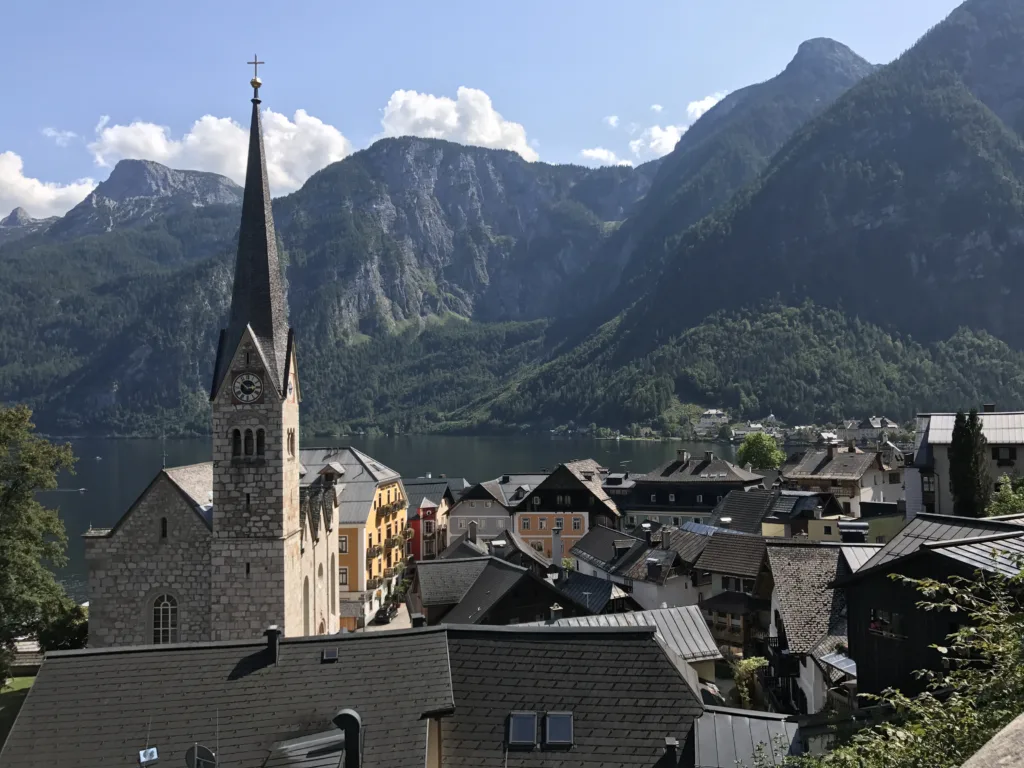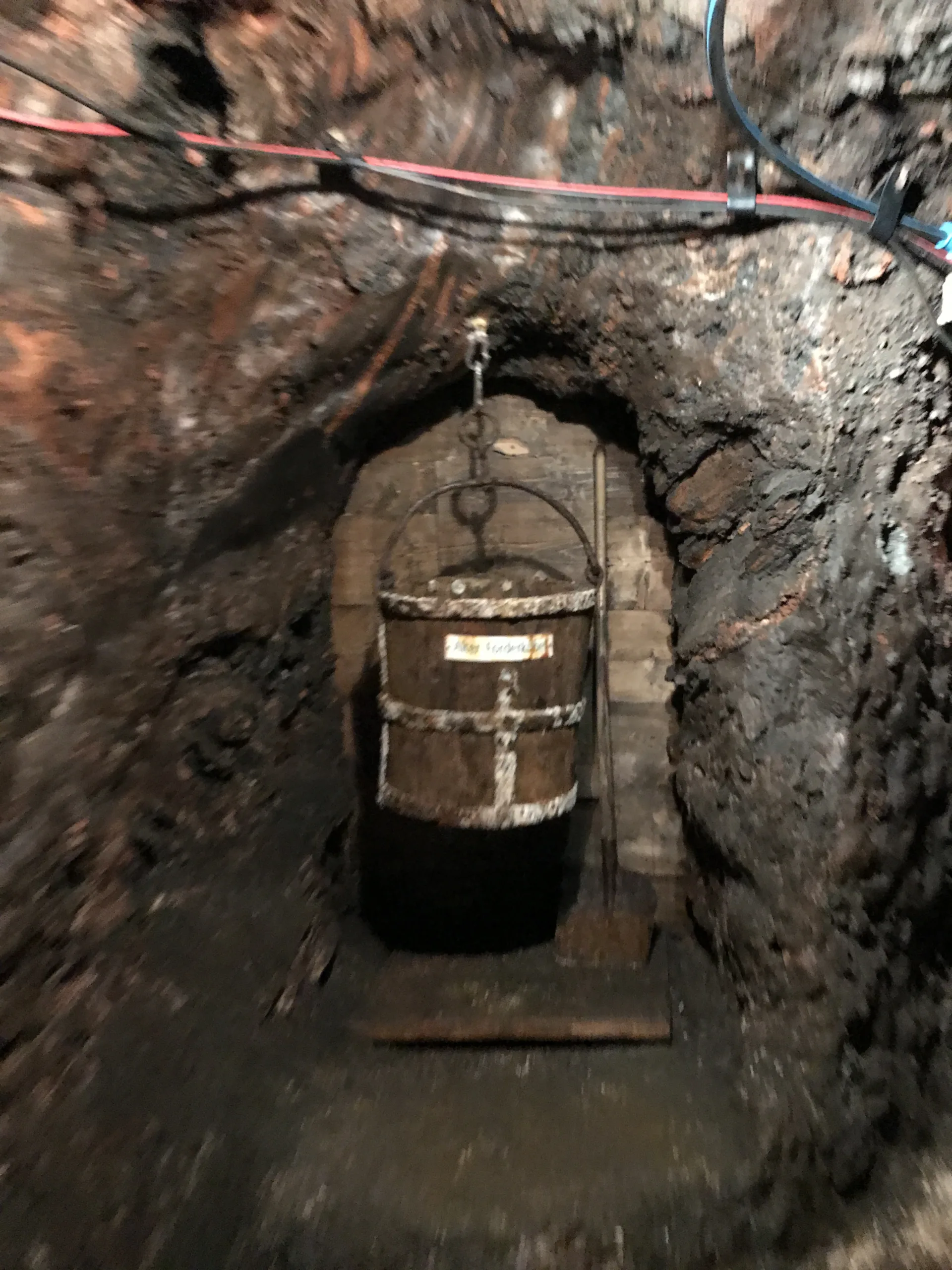
The tiny Austrian town of Hallstatt, which is tucked away in the lovely Salzkammergut region, is a genuine European jewel. It is a well-liked tourist destination for people from all over the world due to its breathtaking natural beauty and rich cultural legacy. The fact that Town is one of Europe’s most significant archaeological sites, however, is what truly sets it apart.
Rated by Szymon
5.0 out of 5.0 stars
The discovery of a Neolithic cemetery by local salt miner Johann Georg Ramsauer in the early 19th century gave town its archaeological prominence. The area became known as the Hallstatt culture after further excavations revealed that the cemetery was a part of a much wider complex of Bronze Age burial sites. Archaeologists considered this find to be of the utmost importance since it shed light on the customs and way of life of the inhabitants of this area more than 3,000 years ago.

Hallstatt is now a UNESCO World Heritage Site, and the local museum features exhibits of its archaeological treasures. The museum displays a variety of objects, like as pottery, jewelry, and weaponry, that provide insights into the everyday routines and traditions of the Hallstatt civilisation. The salt mines, which have been in use since prehistoric times and were a significant source of riches for the area, are another attraction open to visitors.

Hallstatt is a fascinating town with a rich history and culture in addition to its archaeological attractions. For generations, poets and painters have been inspired by the town’s magnificent setting on the banks of Lake Hallstatt, encircled by the Dachstein Mountains. Tourists can take a stroll through the winding lanes adorned with colorful homes and peruse the neighborhood stores selling handcrafted goods and mementos. The Gothic-style Catholic Church of Town, which was built in the 15th century, is one of the town’s many ancient churches and structures.

Been to China? No, you don’t have to anymore
The owner of the guesthouse where we stayed
The Chinese are particularly fond of Hallstatt for unknown reasons. In fact, they modeled the city after it. Yes! In fact, the news once spread over the world; for more information, visit https://www.bbc.com/news/av/world-asia-18327751. The woman who owned the home where we stayed informed me that on some days, they witness coaches leaving the airport where a plane carrying visitors from China landed and heading straight for Vienna or Salzburg.

Town has maintained its distinctive character and charm despite its popularity with tourists. To conserve its delicate ecosystem and guarantee that its cultural history is preserved, the town has put in place measures to restrict the number of visitors.

The salt mine
One of the most fascinating and historically significant sights in Hallstatt is the salt mine. Since ancient times, salt has been mined in the area; the town salt mine is one of the oldest salt mines still in operation today.
The underground chambers and tunnels that were manually dug out over thousands of years are accessible to visitors on guided tours of the salt mine. A funicular railway ride up to the mine’s entrance and a raft ride across an underground salt lake are both included in the tour.
Archeology
The salt mine’s archaeological value is directly related to the prehistoric past of the area. In 800 BCE, the Hallstatt culture began to develop in the area, and it was distinguished by its highly developed metalworking abilities and vast trade networks. Rich burial sites associated with the Hallstatt culture were found in the vicinity of townin the early 19th century. These graves contain a range of grave goods, including pottery, jewelry, and weaponry, which shed light on the people’s material culture.
The salt mine’s excavations have also revealed important insights into the Hallstatt civilisation. Bronze Age miners who occupied the mine left behind a wide range of artifacts, including tools, weapons, and private things. These artifacts reveal details about the miners’ everyday routines and the equipment they employed to draw salt from the soil. Since salt was a valuable commodity that was transported all over Europe, the salt mine has also produced evidence of the networks of commerce that existed between the Hallstatt culture and other cultures.
Overall, Hallstatt’s salt mine and the area around it are rich in archaeological artifacts that shed light on the way of life and traditions of the Hallstatt people. Archaeologists have been able to recreate the social, economic, and political institutions of the Hallstatt people with the aid of these artifacts and places, and they have also cast light on their place in the broader context of prehistoric Europe.
Visitors have the opportunity to learn about the history and modern methods of salt mining, such as the use of explosives to blast through the rock and the equipment used by the miners to extract the salt, during the tour. Visitors can also view exhibits about the local geology and the many salt production techniques that have been applied over time.
Salt Mine Gallery


















Hallstatt Trip Gallery










Summary
In conclusion, Hallstatt is a town that genuinely has something to offer everyone, from the beauty of nature to the treasures of culture and antiquity. Anybody interested in examining the past and learning more about the world around us must visit this location because of its extensive history and importance as an archaeological site.
Some information comes from:
- UNESCO World Heritage Centre, accessed 20 Feb. 2023, https://whc.unesco.org/en/list/806/.
- The Guardian, 10 June 2019, https://www.theguardian.com/travel/2019/jun/10/hallstatt-austria-village-pretty-tourists-instagram-unesco-salt-mines.
- Lonely Planet, accessed 20 Feb. 2023, https://www.lonelyplanet.com/austria/hallstatt.
- Hallstatt.net, accessed 20 Feb. 2023, https://www.hallstatt.net/culture/salt-mine/.
- Viator, accessed 20 Feb. 2023, https://www.viator.com/Hallstatt-attractions/Hallstatt-Salt-Mine/d22764-a15537.
- Anthony F. Harding, The Oxford Handbook of the European Bronze Age (Oxford University Press, 2013).
- David W. Anthony, The Horse, the Wheel, and Language: How Bronze-Age Riders from the Eurasian Steppes Shaped the Modern World (Princeton University Press, 2007).
- “Hallstatt Archaeological Site and Museum.” Austrian National Tourist Office, accessed 20 Feb. 2023, https://www.austria.info/en/things-to-do/sightseeing/cultural-heritage/hallstatt-archaeological-site-and-museum.
